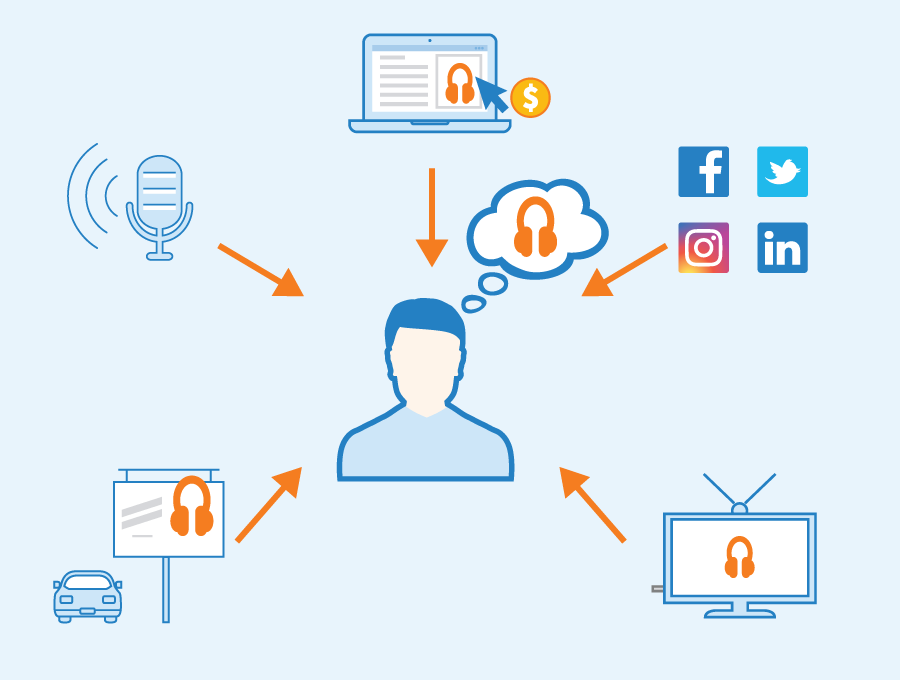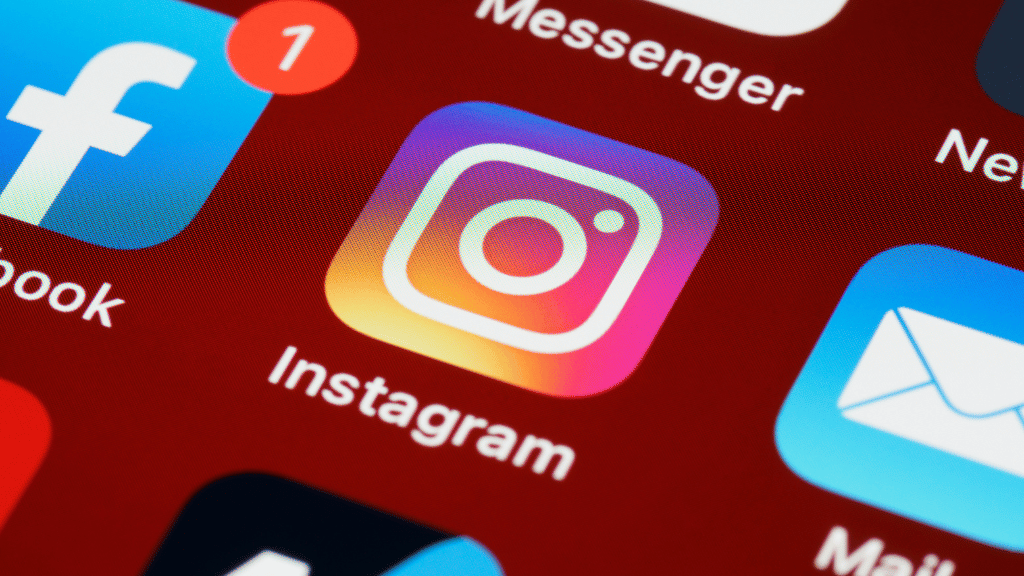Unlock Your Voice: Shape Your Newsletter With Insights!
You devote a lot of time and energy to creating the information you send to subscribers of your newsletter. Create material that your audience wants to read if you want to get the most out of your email. You may send more relevant material to your newsletter subscribers by conducting a survey to have a better understanding of their needs.
The best methods for polling a Newsletter readership
Make the survey you send to readers of your email brief and simple to complete. Be sure to keep your readers' attention for a little longer than a minute or two. Short and straightforward questions will make it easier for your readers to provide you with clear responses and will motivate them to finish the survey. Since they are simpler to answer than other question categories, such as ranking or open-response questions, include as many multiple-choice questions as you can.
Offering rewards can further persuade your audience to participate in the survey. Consider offering a giveaway for a gift card or free item to individuals who respond to your survey. Don't forget to provide an explanation of why the survey is being conducted. For example, you may say that you want to make sure you're providing high-quality material and that you need input from your readership to help you improve your newsletters. Thank you to the readers for taking the time to respond to the poll.
What should I include in a newsletter survey as questions?
Consider your survey's objectives as you choose the kinds of questions to include in it. Are you interested in finding out more about the demographics, spending patterns, or opinions of your audience regarding your current content? While it may be tempting to include questions on a variety of subjects, keep each survey's concentration on a single subject.
Create questions that are succinct, simple to grasp, and relevant to the majority of your audience after deciding on your topic. Use language that is straightforward and as explicit as you can. As also, stay away from leading inquiries. At the end of the survey, you might want to include an open-ended question to allow respondents to offer any extra input.
Remember, the key to a successful survey is to keep it concise and focused. Avoid overwhelming your subscribers with too many questions. Additionally, consider using a mix of multiple-choice, rating scales, and open-ended questions to gather both quantitative and qualitative feedback. Regularly analyzing the survey results and adjusting your newsletter content accordingly can help you create a more engaging and valuable experience for your subscribers.
In the ever-evolving landscape of digital communication, newsletters remain a powerful tool for engaging with your audience. To ensure your newsletters hit the mark every time, gathering feedback through a well-crafted survey is essential. In this blog, we'll explore the best newsletter survey questions that can provide you with invaluable insights to enhance your content, tailor your approach, and create a more personalized experience for your subscribers.
1. Demographic Insights
Understanding your audience is fundamental. Collect demographic data to segment your subscribers effectively. Consider including questions like:
a) What is your age range?
b) What is your gender?
c) Where are you located?
2. Frequency and Timing
Discovering the optimal frequency and timing of your newsletters can significantly impact engagement. You can ask:
a) How often would you prefer to receive our newsletter?
b) Which day of the week and time of day do you prefer to receive newsletters?
3. Content Preferences
Tailoring content to your subscribers' interests is key. Inquire about:
a) What types of content do you find most valuable in our newsletter? (e.g., articles, videos, infographics)
b) Which topics would you like us to cover more?
4. Engagement Evaluation
Assessing the effectiveness of your newsletters helps refine your strategy. Include questions like:
a) How often do you read our newsletter?
b) Have you taken any actions based on our newsletter content? (e.g., visiting our website, making a purchase)
5. Personalization and Customization
Understanding subscriber preferences for personalized content can lead to higher engagement. You can ask:
a) Are you interested in receiving newsletters tailored to specific topics of interest?
b) Would you like to see more personalized recommendations based on your preferences?
6. User Experience
Evaluating the user experience can help identify areas for improvement. Consider questions like:
a) How would you rate the overall design and layout of our newsletter?
b) Is there anything about our newsletter format that you find confusing or challenging to navigate?
7. Call-to-Action (CTA) Effectiveness
Assessing the impact of your CTAs can optimize your conversion rates. Inquire:
a) Have you ever taken action based on a call-to-action in our newsletter?
8. Feedback and Suggestions
Open the floor for subscribers to share their thoughts and suggestions. Ask:
a) Is there anything missing from our newsletter that you would like to see?
b) How can we improve the quality of our newsletter?
9. Unsubscribe Insights
Understanding why subscribers might choose to unsubscribe can provide valuable information. Include:
a) If you were to unsubscribe from our newsletter, what would be the primary reason?
10. Overall Satisfaction
Evaluate the overall satisfaction of your subscribers to gauge their sentiment. Inquire:
a) On a scale of 1 to 10, how satisfied are you with our newsletter?
Final Thoughts
A well-structured newsletter survey can be a game-changer for your email marketing strategy. By posing the right questions, you can gain insights into your audience's preferences, behavior, and expectations. These insights empower you to refine your content, delivery, and approach, resulting in a more engaging and valuable newsletter for your subscribers. Remember, the true magic lies not just in the questions themselves, but in how you leverage the gathered data to drive continuous improvement and foster stronger connections with your audience.







